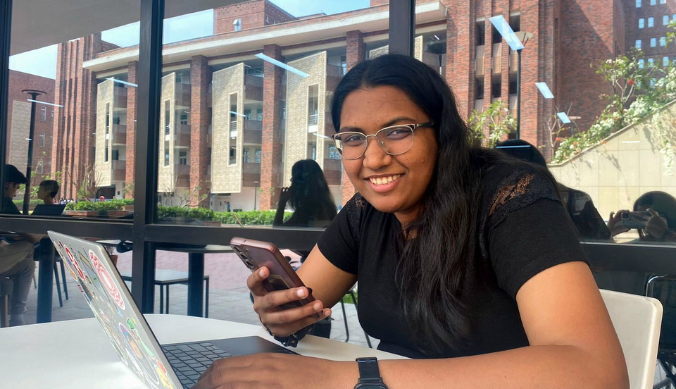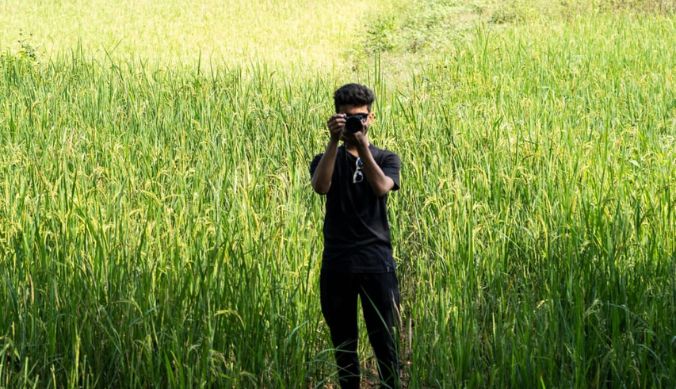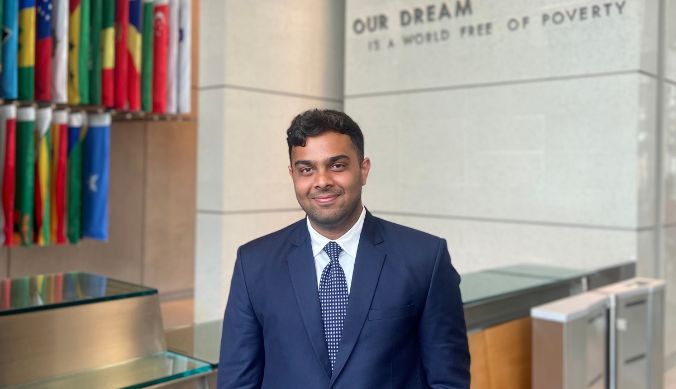Application of Whatsapp Messaging in Social Impact Messaging
CSBC designed a pilot focussed on simplifying communication around incentives and disseminating it to banking agents through branch-level WhatsApp groups
WhatsApp is a democratic tool used by a significant section of India’s population (~500 million accounts). The platform encourages a sense of community and provides an opportunity to learn from peers, thus enabling it to create a significant impact. The CSBC team utilised WhatsApp extensively in two interventions focused on Financial Inclusion and Complementary Feeding (CF). The interventions demonstrated WhatsApp to be a powerful tool with the potential to communicate social impact messages for behaviour change effectively.
We worked with India Postal Payments Bank (IPPB) to increase the number of transactions facilitated by its banking agents by improving agent motivation. During our initial research, banking agents’ motivation emerged as a critical barrier to increasing the number of transactions. While banking agents’ motivation was linked to multiple issues (including agents considering IPPB work as an additional burden and lack of detailed knowledge about IPPB’s products), the need for simpler communication about their incentives was one of the most critical issues. With this background, CSBC designed a pilot focussed on simplifying communication around incentives and disseminating it to banking agents through branch-level WhatsApp groups. We supported the branch managers by sending them content to share on WhatsApp.
CSBC designed the following intervention package for the pilot:
- Simple, short knowledge bytes: We shared knowledge bytes on product features and incentives through messages, flyers, and videos with banking agents on the WhatsApp group.
- Incentive calculator: We sent a link to the incentive calculator on the WhatsApp group. The incentive calculator is a simple web page on which agents can enter their anticipated number of transactions and find out the value of the incentives they will earn.
- Live feedback using WhatsApp group: The WhatsApp group enabled banking agents to share their targets and run rate of focus schemes (MIS at the branch level). The group also gave feedback and social recognition to banking agents who did well.
- Personal calling: Our subsequent intervention involved the branch manager calling 2-3 banking agents daily to explain focus schemes, troubleshoot using standardised talking points, and maintain the relationship and trust of agents.
The pilot showed promising results, especially in Bihar. In Bihar, there was a ~392% increase in Child Enrolment Lite Client (CELC) transactions in pilot branches compared to 227% in control branches. We observed a significant jump (up to 542% in Lakhisarai, Bihar branch) in the number of transactions in three out of four pilot branches.
The Delhi circle had a mixed performance, with semi-rural branches showing significant increases (an increase of 268% was reported for Post Office Savings Account (POSA) transactions). Effective communication has improved engagement and awareness among banking agents based in rural and semi-rural areas compared to urban areas. Based on the pilot, CSBC provided behaviourally-informed recommendations for improving the overall motivation levels of agents by modifying incentive communication.
CSBC also conducted a lab-in-the-field experiment that socialised Complementary Feeding (CF) and made it a visible activity. The sample consisted of mothers with children between 6-23 months. In the intervention, we facilitated discussions around CF among caregivers to make CF practice and discussion a visible and social activity. We also leveraged peer effects to increase knowledge and adoption of CF. The delivery channel for this intervention was WhatsApp groups with 4-5 mothers, facilitated by trained moderators. We found that socialising complementary feeding and making it visible can improve compliance with CF practices. Mothers were sent regular messages on CF components and practices via a WhatsApp group. The messages used behavioural principles such as reducing cognitive load, simple mental models, commitment devices, and feedback loops.
This intervention significantly affects the minimum meal frequency and the minimum adequate diet fed to children. This intervention could be easy to scale and cost-effective. ASHAs/AWWs could create WhatsApp groups for mothers (who have smartphone access) and share regular messaging on complementary feeding. The cost of implementation would be minimal, as there are no additional procurement or distribution requirements.
Through WhatsApp, people interact with communication received in their preferred language, tone and content. The information delivered through WhatsApp is treated as personal, urgent and relevant. Additionally, WhatsApp’s audio and video messages make reaching a low-literacy population possible. With the use of WhatsApp, the potential to effectively communicate messages that can change the population’s behaviour is immense.
Authors: Pooja Haldea, Vartika Shukla










